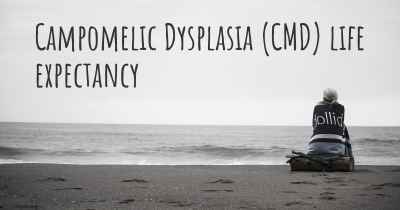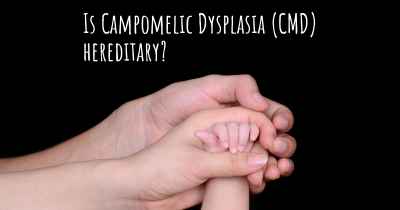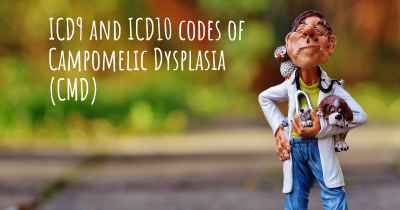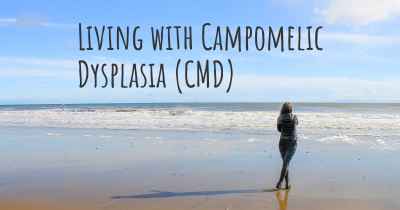What are the latest advances in Campomelic Dysplasia (CMD)?
Here you can see the latest advances and discoveries made regarding Campomelic Dysplasia (CMD).
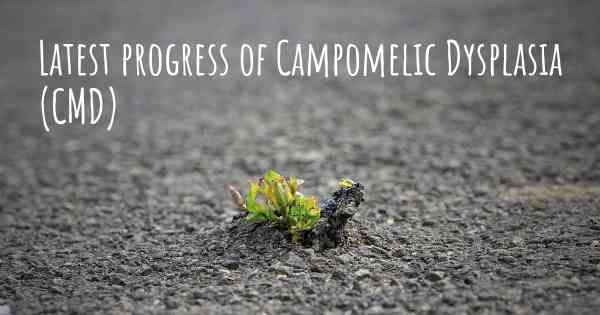
Campomelic Dysplasia (CMD) is a rare genetic disorder that affects skeletal development and can lead to various physical abnormalities. It is characterized by bent or bowed long bones, a small chest, and distinctive facial features. CMD is caused by mutations in the SOX9 gene, which plays a crucial role in the development of cartilage and bone.
Over the years, significant advances have been made in understanding and managing CMD. These advancements have primarily focused on improving diagnostic techniques, understanding the underlying genetic mechanisms, and exploring potential treatment options.
1. Genetic Testing: The development of advanced genetic testing methods has greatly enhanced the ability to diagnose CMD accurately. These tests can identify mutations in the SOX9 gene, allowing for early detection and genetic counseling for affected individuals and their families.
2. Prenatal Diagnosis: Prenatal screening and diagnosis have become increasingly important in CMD. Techniques such as chorionic villus sampling (CVS) and amniocentesis can be used to detect genetic abnormalities in the fetus during pregnancy. Early diagnosis enables parents to make informed decisions regarding the management and care of their child.
3. Understanding Genetic Mechanisms: Researchers have made significant progress in understanding the genetic mechanisms underlying CMD. Studies have revealed the complex interactions between the SOX9 gene and other genes involved in skeletal development. This knowledge has provided insights into the molecular pathways disrupted in CMD and potential targets for therapeutic interventions.
4. Animal Models: The development of animal models, such as mice with SOX9 gene mutations, has been instrumental in studying CMD. These models allow researchers to investigate the effects of specific genetic alterations and test potential treatments. Animal studies have provided valuable insights into the pathophysiology of CMD and have paved the way for future therapeutic strategies.
5. Surgical Interventions: Surgical interventions have played a crucial role in managing the physical abnormalities associated with CMD. Orthopedic procedures, such as corrective osteotomies and limb lengthening, can improve mobility and correct skeletal deformities. Additionally, surgical interventions for respiratory complications, such as tracheostomy and corrective chest wall surgeries, have improved the quality of life for individuals with CMD.
6. Supportive Care: The multidisciplinary approach to care for individuals with CMD has significantly improved their quality of life. Supportive care involves a team of healthcare professionals, including orthopedic surgeons, geneticists, respiratory specialists, and physical therapists. This comprehensive approach aims to address the various medical, developmental, and psychosocial needs of individuals with CMD.
7. Gene Therapy: Gene therapy holds promise as a potential treatment for CMD. Researchers are exploring the possibility of delivering functional copies of the SOX9 gene to affected cells using viral vectors. While still in the experimental stages, gene therapy offers hope for future targeted treatments that could potentially correct the underlying genetic defect in CMD.
In conclusion, significant progress has been made in understanding and managing Campomelic Dysplasia (CMD). Advances in genetic testing, prenatal diagnosis, understanding genetic mechanisms, animal models, surgical interventions, supportive care, and the potential of gene therapy have all contributed to improving the diagnosis, treatment, and quality of life for individuals with CMD.
